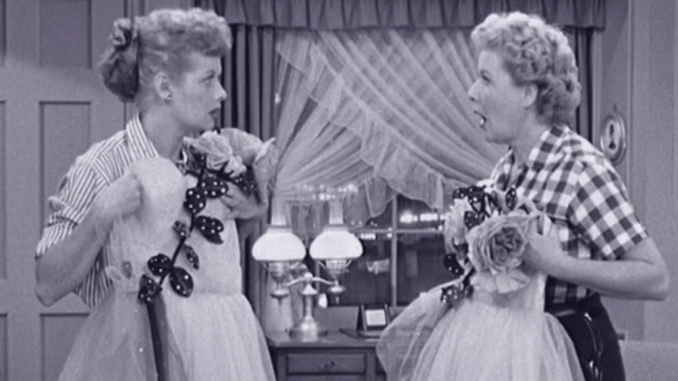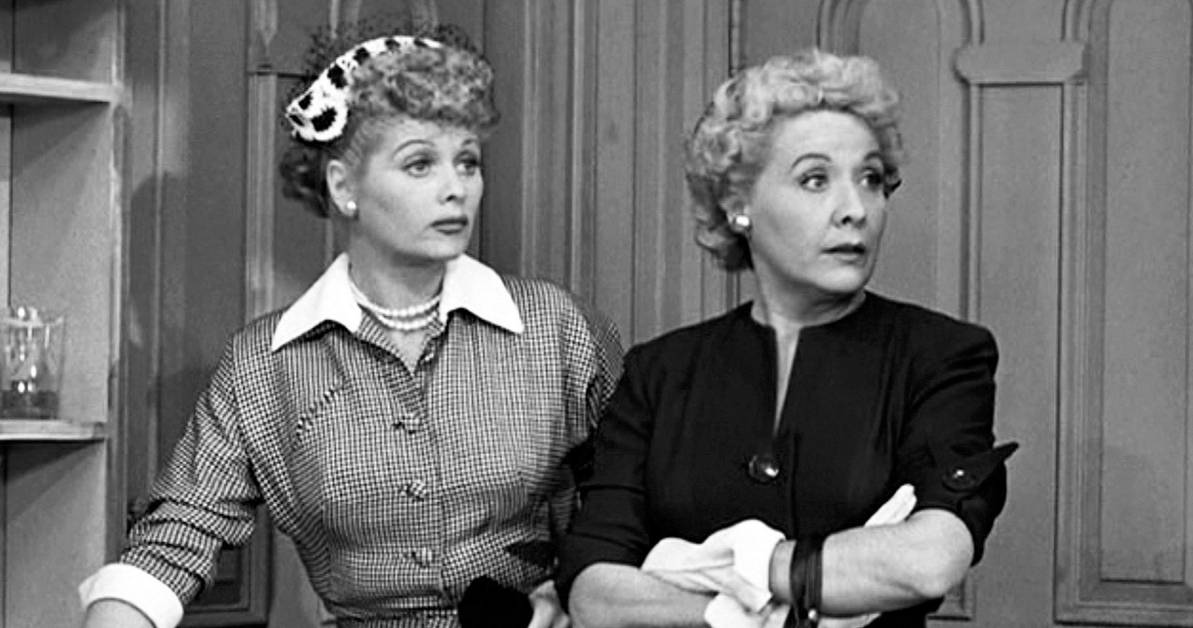
Behind Every Funny Woman Is Another One Holding a Chocolate
In nearly every unforgettable I Love Lucy scene, you’ll find Lucy Ricardo—wide-eyed, scheming, and spinning in chaos. But just off to the side, there’s always Ethel Mertz. Watching. Wincing. Jumping in.
If Lucy was the fire, Ethel was the one with the extinguisher—and sometimes, the gasoline.
Their partnership didn’t just drive the show’s humor. It quietly reinvented how television portrayed women’s friendships. And that legacy is still rippling across our screens today.
Two Women, One Kitchen Table, No Men in Sight
In the early 1950s, female characters existed mostly in relation to men. They were wives, mothers, secretaries, girlfriends. Rarely were they friends.
But Lucy and Ethel were different. Their scenes together weren’t just sidebars—they were the show’s core.
Whether wrapping chocolates at a conveyor belt or sneaking into Ricky’s nightclub, the two women shared screentime, schemes, and loyalty.
They confided in each other. Teased each other. Fought. Made up.
And they did it all without needing to be rescued by a man.
Vivian Vance: The Unsung Genius of the Duo
Vivian Vance, who played Ethel, was more than a “straight woman” to Lucy’s clown.
She had timing. Warmth. Nerve. And the ability to ground the most absurd plots in emotional reality.
Lucille Ball trusted her deeply. Off screen, they weren’t best friends at first (rumors say Ball resisted hiring someone who looked too young or attractive). But over time, their bond grew.
Eventually, Ball would refuse to perform a Lucy reunion without Vance. “There’s no Lucy without Ethel,” she once said.
That’s not drama. That’s truth.
Women Laughing Together: A Revolution in Heels

In many ways, I Love Lucy was about rebellion—against husbands, rules, convention. But the most radical thing it did was show women choosing each other.
Lucy and Ethel didn’t just share screentime. They shared space. They shared power.
It’s no stretch to say that The Golden Girls, Broad City, Grace and Frankie, and even Sex and the City owe their DNA to Lucy and Ethel’s kitchen-table conspiracies.
Because until I Love Lucy, nobody thought women being funny together could carry a show.
Lucille Ball and Vivian Vance proved they could carry the world.
Final Thoughts: Still Holding Hands Through the Chaos
We remember I Love Lucy for its iconic moments—Vitameatavegamin, grape stomping, the conveyor belt.
But in all those scenes, if you look close, Lucy is never truly alone. Ethel is right there. Shouting, laughing, failing with her.
In a world that often pits women against each other, I Love Lucy quietly dared to say:
“Let them be allies.”
And that might be the most revolutionary joke of all.
